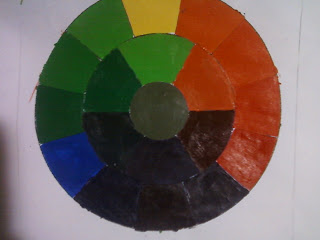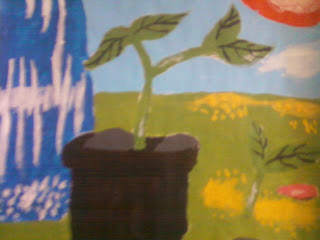Final Project
Art is a broad theme where you can find a variety of techniques such as contemporary, Cubism and Sculpture. For instance, contemporary artists such as Picasso became an icon in the art area. Cubism; David Smith was a remarkable artist and painter who focused more on cubism sculpture during the 1950s and 1960s. One of Smith’s famous Sculpture was Cubi V. Smith was inspired by Picasso’s Cubism paintings. Nowadays we have a range of artists who, like David Smith, are inspired by famous artists. I had the opportunity to interview Helmut Eppich, Humanities Department, Division for Academic Affairs; BFA, City College. Whose work consist of repairing art features, and handling art exhibitions installation. Is not an easy job, you have to be multi-tasking.
Eppich has a variety of comic books, drawings, and paintings. He actually enjoys watching students working on art. “It is nice to see students working in different art classes, styles, sculpture, and paintings”, says Eppich. He was inspired by contemporary artists from the late nineteenth century and 20th century.
I asked Eppich “Do you have any advice for young artists who are starting out?” he said that it is good to study early illustrators, especially those who are interested in comic books and fine art. For instance, Eppich mentioned Bryan Hitch, a comic book artist and Bob Peak, an American commercial illustrator. “Keep drawing, look at comic convention so you can look at what artists are offering and if possible, you can have a one to one conversation with the artist and learn even more about them and their techniques.
Here are some of Helmut Eppich's works samples:
Personally, I found these drawings and paintings interesting since I enjoy drawing as well.






































